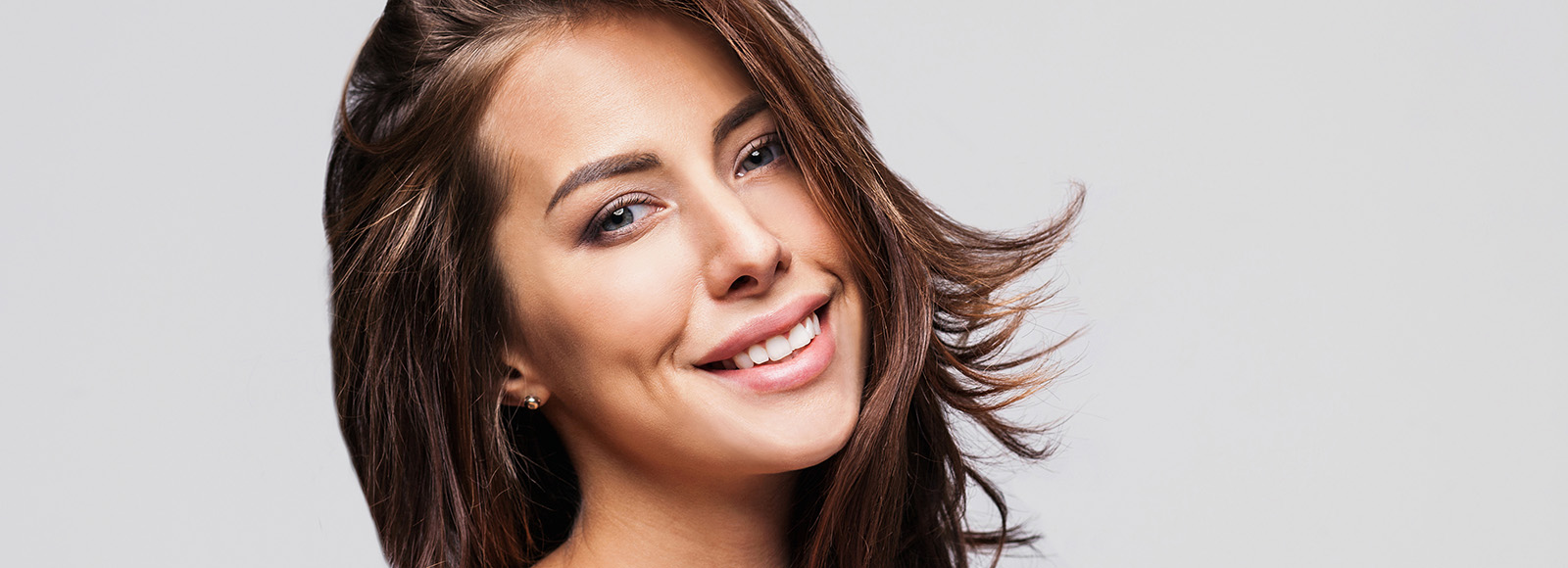
Here at White Swan Aesthetics, our highly experienced and medically qualified doctors have been performing Botox treatments for over 10 years. During this time we’ve treated thousands of clients and of course we are asked questions around Botox all the time. The basic thing to keep in mind is that Botulinum Toxin (Botox) can only be prescribed in a face to face meeting by a suitably qualified medical practitioner.
With that said, here are the most frequently asked questions we receive about Botox treatments:
Please feel free to get in touch if you have any further questions. The White Swan Aesthetics team are waiting to help.
© White Swan Aesthetics is a trading name of WSAesthetics Main Ltd Registration No 14964309. All rights reserved. | Privacy & Confidentiality | Sitemap